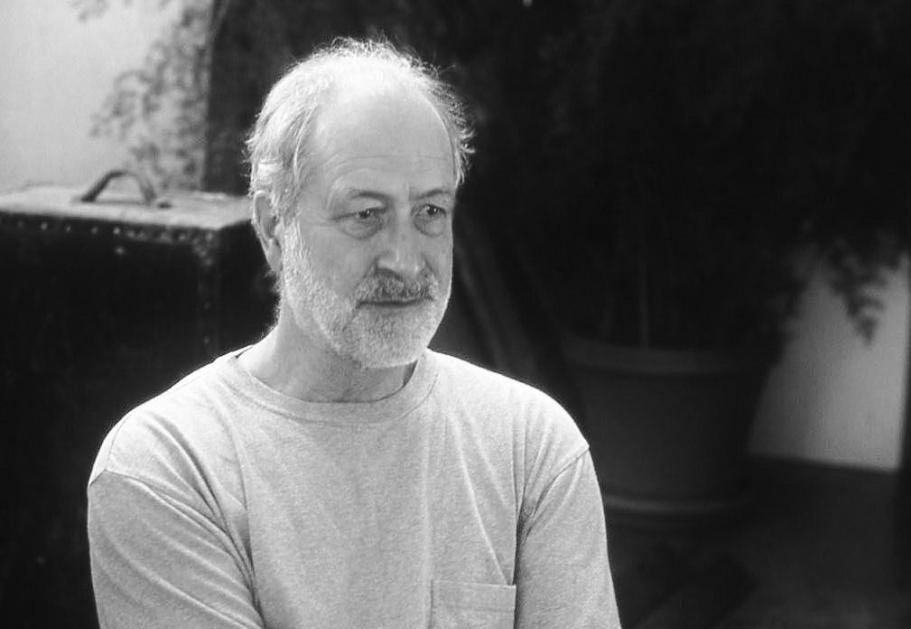In Late Night comedian Amber Ruffin’s latest “Amber Says What” she asks a lot of valuable evaluation questions of the Trump administration’s latest political spectacle. We may start incorporating these into our work. Some highlights: Why this? What was the desired effect? Why is this happening and what is happening? Did you know this was …
Tag Archives: evaluation
How can we measure the impact of art and creativity?
Imagine you want to help young people in West Africa use their creative skills to engage their peers in political dialogue about gender violence. Or you want to train artists and scientists to collaborate on truly innovative and creative ways to teach people about pressing science issues like climate change. Or you want to create …
Continue reading “How can we measure the impact of art and creativity?”
Comedian Roy Wood Jr. on Audiences
Roy Wood Jr. does his own form of audience testing. In this interview for the Good One Podcast, Wood talks about how he developed a hilarious bit called “Black Patriotism?” for his special, Father Figure. In the interview Wood talks about testing his jokes on different kinds of audiences in different parts of the country …
Will changing your Facebook profile picture do anything for marriage equality? | PsySociety, Scientific American Blog Network
As SCOTUS debates the constitutionality of Proposition 8 and DOMA this week, Facebook users all over the nation have become part of a burgeoning social media trend. Supporters of marriage equality have been changing their profile pictures to the icon on the left, a version of the Human Rights Campaign logo designed specifically to indicate …
George Saunders talks about large impacts on small audiences
George Saunders at WidenerWatch this video on YouTube
There is no "win"
Ok, I am kinda lovin’ Jay Smooth right now. http://blip.tv/play/gaEW57FkgpNs Success means that we move further towards the ideals. Victories are only evidence that progress is possible, and that we are moving further towards those ideals. So measuring success is acknowledging the victories along the way, and realizing there is no end.
Design and the end of the world
Comment from Irene Maui about JooYoun Paek’s conceptual design/art works: I’m tired of reading and looking to design as Art, making people to be confused about it. Some people are just looking for fame, and not really thinking on giving creative answers. The world is about to explode, and we have to fill our heads …
Bill Ayers on Fresh Air
Bill Ayers on Fresh Air with Terry Gross This is an except from the end of the interview that I thought was relevant to the questions we’re asking in How to Win. Gross: Do you think some of the tactics that you took on were in some part this youthful expression of anger, something that …
Laugh at a Campaign Pitch? Sure. Visit the Grandparents? Not So Much. – NYTimes.com
MIAMI — When Sarah Silverman told young Jews to get their lazy rotund rear ends to Florida to persuade their grandparents to vote for Senator Barack Obama, one question loomed: Would they go? This weekend was the first big test, a kickoff for the so-called Great Schlep, and so far, momentum has been building with …
good answer to a relevant question by some guy
Q: Of the various projects the Anti-Advertising Agency has been involved in, which ones do you think have been most successful? A: I don’t really know for sure. To know we would have to do what is done in any marketing campaign, which is an impartial evaluation — surveys, testing, etc. And we don’t have …
Continue reading “good answer to a relevant question by some guy”
Web Analytics
Web analytics allow you to track how many people are visiting your site, what sites they are coming from, what words they use to search when finding your site, and more. Without knowing who is looking at your site, you can know what they are looking at, for how long, in what order, they city …
Loss Aversion, Greenpeace, and Health
Here’s a pattern of tactics I realized have something in common. They all work by presenting a threat. Loss aversion, as it can be called, can be more motivating – using the stick instead of the carrot. ## Example 1 From Greenpeace:## The ranking criteria reflect the demands of the Toxic Tech campaign to the …
CarrotMob gives stores incentive to go green
Blackmailing (not really) store owners by offering to bring tons of motivated customers if they will do the most to make their store energy efficient. Documented very well – including dollar amounts. Carrotmob Makes It Rain from carrotmob on Vimeo.
Hans Haacke
Hans Haacke lecture Gallatin School, New York University, April 15, 2008 S&S: As a political artist, how can you know when you’ve been successful? Haacke: I’ve been asked that question many times, and that question requires one to go around it before one really avoids it. I believe it is a relatively new phenomenon that …
NYT – April Fool! The Purpose of Pranks
By BENEDICT CAREY Published: April 1, 2008 Keep it above the belt, stop short of total humiliation and, if possible, mix in some irony, some drama, maybe even a bogus call from the person’s old flame or new boss. A good prank, of course, involves good stagecraft. But it also requires emotional intuition. “You want …
NYT – Is the Ad a Success? The Brain Waves Tell All
Neuroscience can provide “a more accurate way to understand what consumers really like,” Mr. Stagliano said, which helps to produce ads and programs that “break through the clutter” rather than contribute to it. “We measure attention, second by second; how emotionally engaged you are with what you’re watching, whether it’s a commercial, a movie or …
Continue reading “NYT – Is the Ad a Success? The Brain Waves Tell All”






